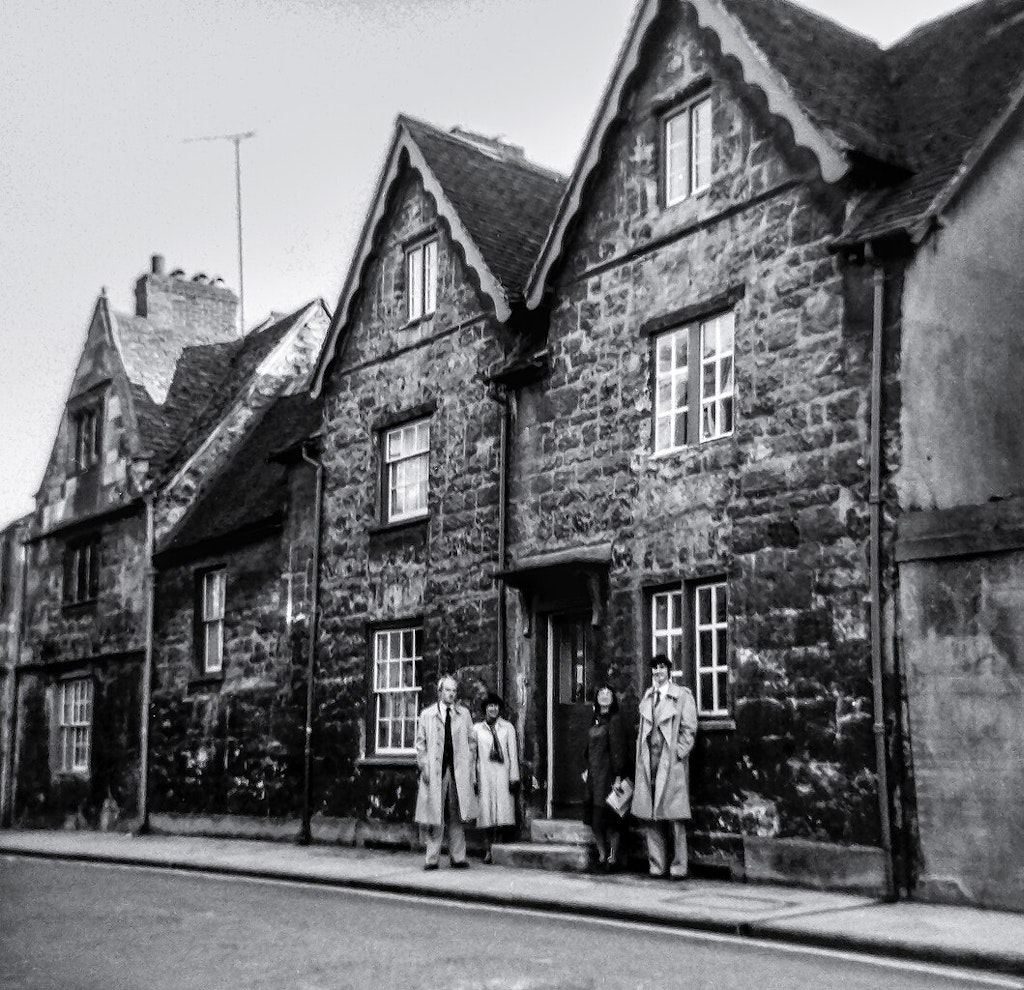Could it be magic?
A formidable, even magical book
This article is taken from the March 2024 issue of The Critic. To get the full magazine why not subscribe? Right now we’re offering five issues for just £10.
Giovanni Pico della Mirandola (1463-94) had been dead for almost a month when he last spoke to Baptista Mantuanus — and, for a corpse, he was remarkably chatty. Appearing to Mantuanus in a dream, he answered all manner of questions about “hidden things”. He was especially talkative about whether amulets could protect babies from evil. Then, in an instant, he disappeared — leaving Mantuanus rubbing his eyes in disbelief.

Anthony Grafton
(Allen Lane, £30)
Whether this really happened is anyone’s guess. Since Mantuanus’s only account appears in a letter to Pico’s nephew, a well-known sceptic, it is quite possible that it may have been tongue-in-cheek. But even if it was, it still testified to Pico’s extraordinary reputation as a magician.
By the late fifteenth century, magi — like magic itself — had already been around for thousands of years. But until recently, their standing had never been high. Although some medieval theologians feigned a certain interest, their “magic” had been condemned by the Church and dismissed as superstitious quackery.
Pico was different, though. A Renaissance man par excellence, he belonged to a new breed of magi. Scattered throughout Italy and the Holy Roman Empire, they owed their “power” to a completely different conception of magic. Unlike medieval sorcerers and witches, who “offer[ed] themselves to demons”, they wrought wonders through an understanding of the world and themselves. Though they may not have been scientists per se, Anthony Grafton convincingly shows that they nevertheless belonged “in a dark corner of the same rich tapestry” — and unwittingly helped pave the way for the modern philosophy of science.
No two magi were the same, of course. Each had his own peculiarities. But they shared a common sense of what a “good” magus could do — and what he could not. No matter what, magic could never give him power over nature. But it could give him the knowledge needed to harness its properties.
This allowed him to perform actions that, to the uninitiated, might seem miraculous, but which, to the learned, were perfectly straightforward. It was for this reason that Pico described magic as the “completion” of natural philosophy. But you could just as easily think of the magus as a Renaissance Sherlock Holmes.
Underlying the new magic was the idea of unity. As the Florentine priest Marsilio Ficino noted, the universe was a glorious whole. Everything was bound up with everything else. As such, if you knew about one aspect of the cosmos, you could tell a lot about the rest. The stars and planets not only concealed the truth about men’s lives, but actively shaped the course of human history.
Now and then, magi even resorted to forgery
So too, stones, plants, and animals all had “occult powers” that, if understood correctly, could be used to “manipulate the … world … in dramatic … ways”. And the same principle fed an abiding fascination with “miraculous” feats of engineering, mathematics, even cryptography.
Like Prospero, magi were absurdly bookish. They loved to boast about their collections of Latin and Greek classics, and also steeped themselves in Arabic and Hebrew works. Above all, they loved the esoteric. Like Pico, the Venetian friar Francesco Zorzi and the papal confessor Petrus Galatinus both studied Kabbalah intensively.
Magi were also strangely keen to stress their Christian piety. Pico claimed that, because magic gave them a greater knowledge of creation, it elevated their souls and stirred them “to worship their creator with a hotter passion”. It was, in effect, a spiritual exercise — the stuff, not just of dreams, as Mantuanus thought, but of heaven itself.
This is not to say that magi were always as high-minded as they made out — or as different from the sorcerers and witches they claimed to despise. They could seldom resist making a spectacle. In 1546, the young John Dee caused a mechanical beetle to fly through the air in the middle of a play — and revelled in the amazement it produced.
Nor did they shy away from magic’s shadier reputation. Sometimes, they actively played on it. Johannes Trithemius’s Steganographia — a pioneering work on cryptography — named different coding techniques after demons to cloak them in an aura of supernatural mystery. Now and then, magi even resorted to forgery.
Grafton tells his story with brio. Like any good Renaissance magician, he combines deep scholarship with great enthusiasm and humour. Occasionally, he can get a little too bogged down in the details; he can also be quite repetitive at times. But these are minor quibbles and do nothing to detract from what is a formidable, even magical, achievement. As Heinrich Duden wrote of Heinrich Agrippa’s De occulta philosophia, “Read with care and precision, dear reader, and you will marvel and … not be sorry.”
Enjoying The Critic online? It's even better in print
Try five issues of Britain’s newest magazine for £10
Subscribe














